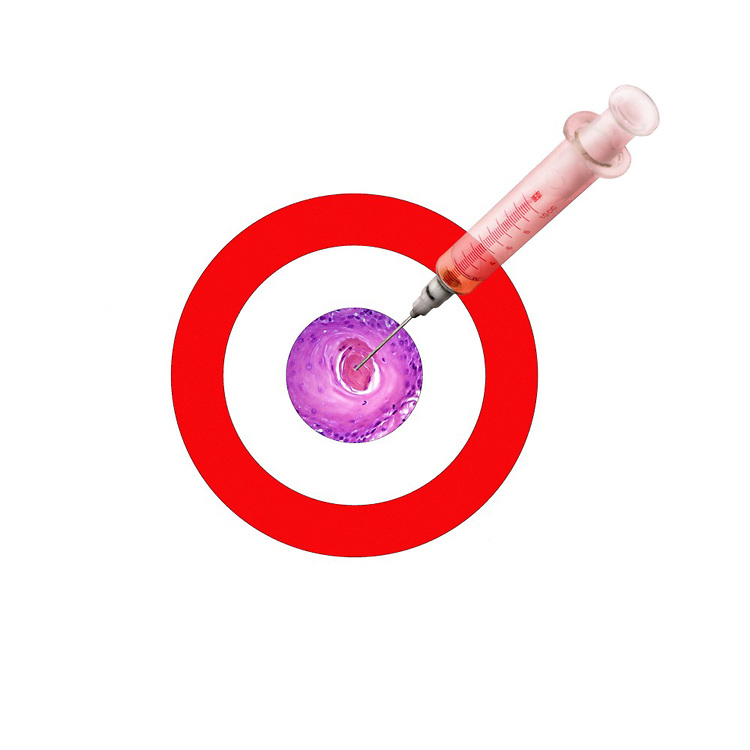Cancer-killing cells have been grown in a lab by Japanese researchers, possibly a major breakthrough in treatments for the illness.
The white blood cell known as a cytotoxic T-cell is produced in small numbers in the body and could possibly be reinjected to fight off cancer.
Researchers at the RIKEN Research Centre for Allergy and Immunology were able to grow the cells in the lab and hope then to put them into a patient to bolster the immune system.
Prior research into creating the killer T lymphocytes has been fruitless.
Previous efforts have not been able to create long-lasting cells, which has limited their use as an effective treatment.
The Daily Mail reported that the new research takes these cytotoxic (killer – in a good way) immune cells and uses a technique called “induced pluripotent stem-cell” to make them grow and divide.
These cells then can revert back to their original form after becoming stem cells (which can multiply) but in much larger numbers.
BBC reported that so far the scientists have only been able to create these cells.
It is still unclear whether the cells can be reinjected or if they will attack the right diseased cells.
“The next step will be to test whether these T-cells can selectively kill tumour cells, but not other cells in the body,” said study co-author Hiroshi Kawamoto, according to BBC.
“If they do, these cells might be directly injected into patients for therapy. This could be realized in the not-so-distant future.”
The findings were published in the journal Cell Stem Cell.

